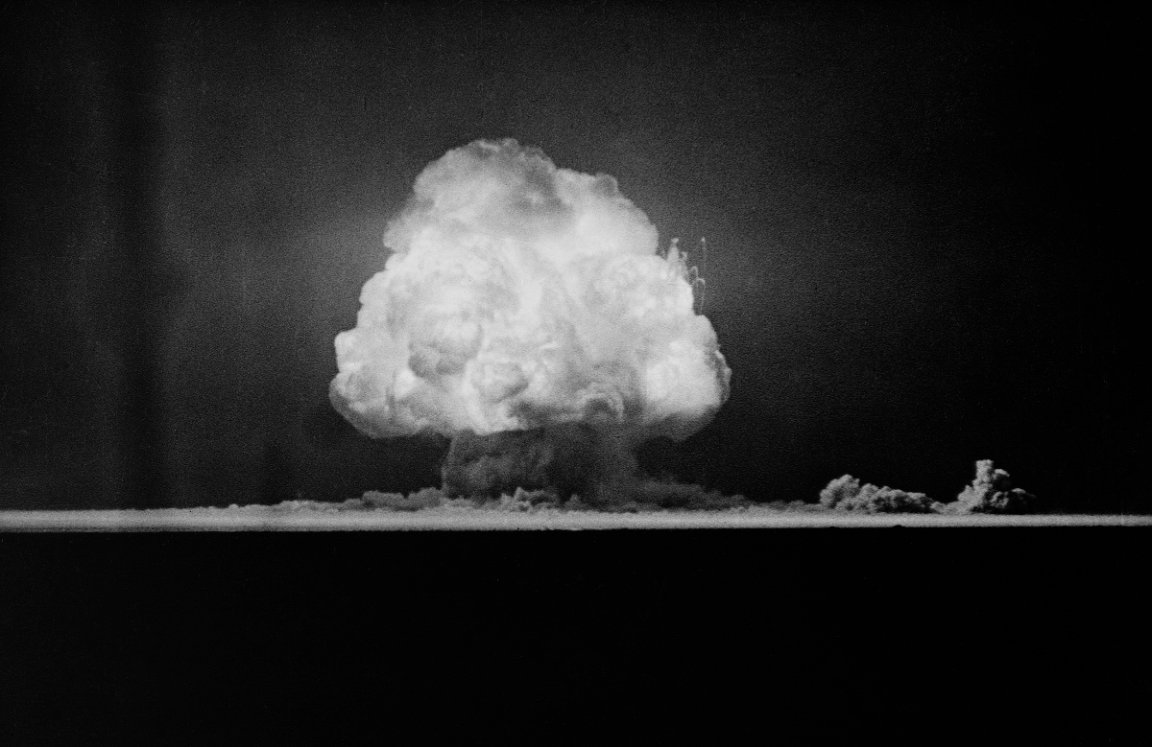
No Shelter
With the release of Christopher Nolan’s much-anticipated “Oppenheimer” film, a look back at the history of the titular character and the destruction wrought by the Manhattan Project’s atom bomb is worthwhile — and apparently, its fallout went far beyond what anyone knew.
In a not-yet-peer-reviewed study, Princeton researchers found via sophisticated modeling software and newly-uncovered weather data that radioactive fallout from the A-bomb test, code-named “Trinity,” spread across 46 American states, as well as parts of Canada and Mexico.
While most of the emphasis on Oppenheimer’s atomic weapon justifiably falls with the victims of the atomic blast in the Japanese cities of Hiroshima and Nagasaki, where the United States detonated the weapon in 1945, this new research sheds a light on the dramatic scale at which the A-bomb harmed the world.
As the New York Times reports, Oppenheimer and the scientists he worked with on the Manhattan Project had no clue how powerful the blast from Trinity would be.
“They were aware that there were radioactive hazards, but they were thinking about acute risk in the areas around the immediate detonation site,” Alex Wellerstein, a nuclear historian who did not work on the study, told the NYT. “They were not really thinking about effects of low doses on large populations, which is exactly what the fallout problem is.”
Winding Road
This updated look at the widespread fallout from the atomic tests could, as the NYT notes, help Trinity “downwinders,” or those live “downwind” of nuclear sites. In the case of these tests, downwinders have for generations experienced severe health problems ranging from heart disease to leukemia in the aftermath of Trinity and the government’s subsequent nuclear testing that lasted until 1962 — most of whom never got any government compensation or even recognition.
“Despite the Trinity test taking place in New Mexico, many New Mexicans were left out of the original [nuclear fallout] legislation and nobody has ever been able to explain why,” Senator Ben Ray Luján of New Mexico told the Times.
While those who lived within the 150-mile radius of the Trinity site were at greatest risk for health problems, this study shows just how far the fallout from the world-changing test spread — and could, as the paper’s authors suggest, possibly even demarcate July 16, 1945, the date of the test, as the beginning of Anthropocene epoch in which humans began having significant detrimental effects on the planet.
More on destroyers of worlds: Warren Buffett Compares AI to the Atom Bomb